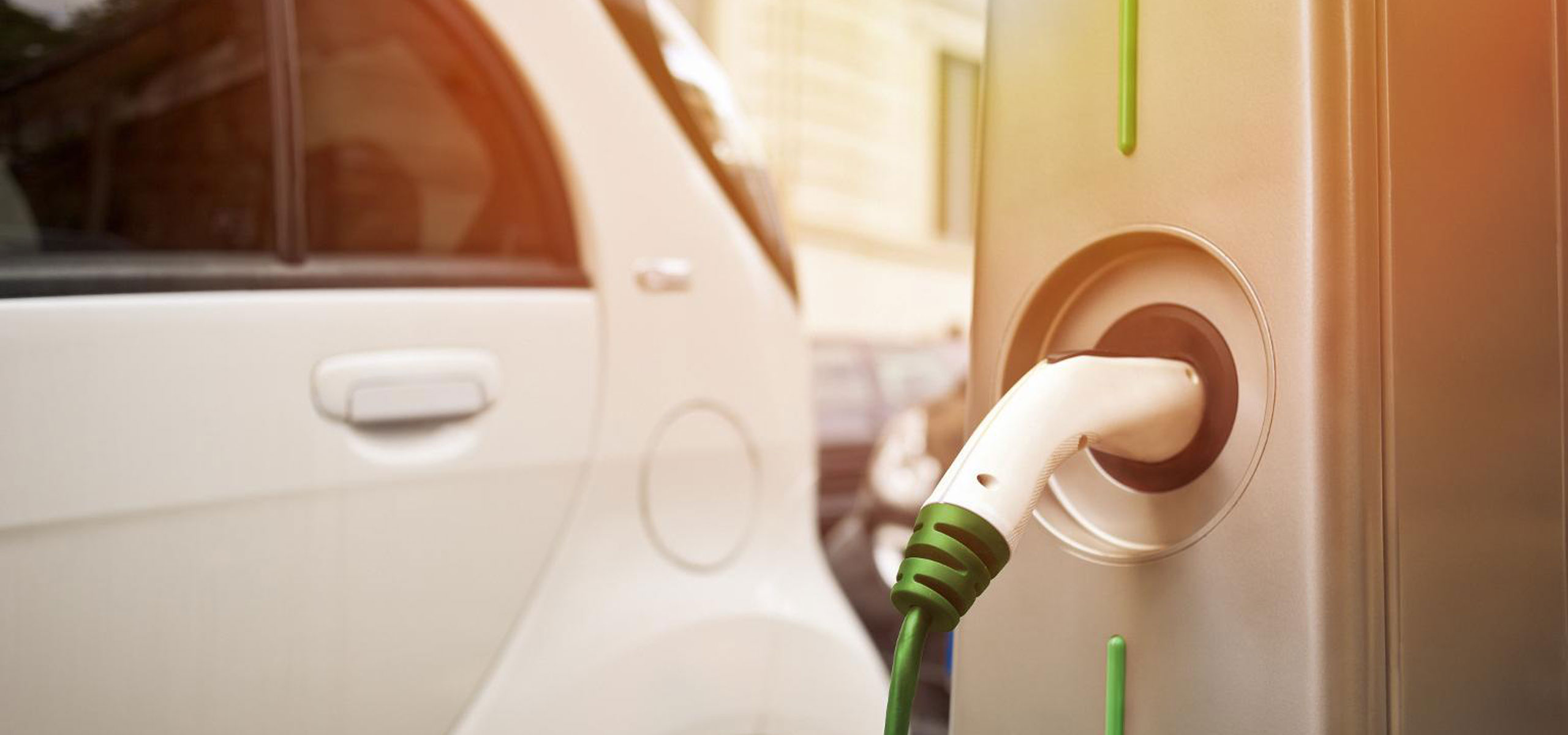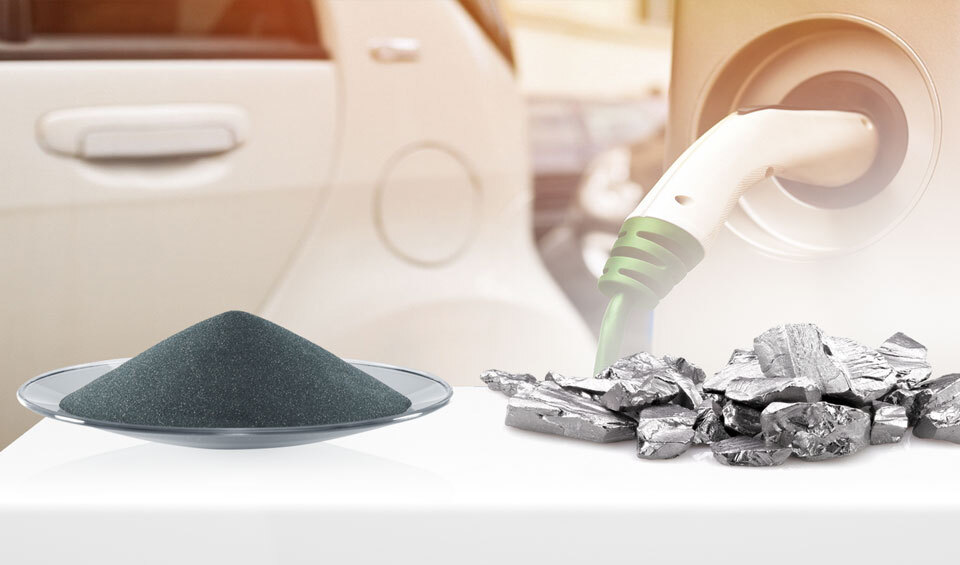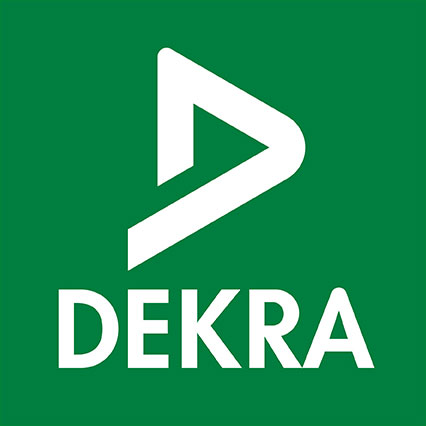
Battery recycling / e-mobility
Innovations are all in a day’s work for us, but there’s one we are especially proud of: Since October 2021, our integrated analysis model for recycling lithium-ion batteries has enabled us to support both recycling and producing companies at all stages of the value chain. That makes us the first and only laboratory in Germany to offer this challenging analysis from a single source. We act as experts overseeing the entire process, from evaluation of the black mass and recovery of valuable materials to further processing into preliminary products for new batteries.
ChemiLytics – your partner for analytics in battery recycling
In light of the e-mobility debate in particular, the demand for battery recycling is set to increase significantly. ChemiLytics therefore now offers detailed analysis relating to recycling of lithium-ion batteries. We act as experts overseeing the entire process, from evaluation of the black mass and recovery of valuable materials to further processing into preliminary products for new batteries.
Detailed three-stage analysis in the recycling of lithium-ion batteries
Analysis of the black mass* from the mechanical process
Analytical support during the recycling process (“purity”)
Determination of the chemical and physical properties of preliminary products (e.g. molecular structure or flowability)
*”Black mass” refers to the material produced when a used battery is pretreated for recycling.
Closed-loop recycling: a second life for batteries
Especially for metals such as cobalt, lithium and nickel, primary raw materials may not be able to meet demand. Closed material loops supplement the primary supply and may replace it almost entirely in the foreseeable future – an important contribution to environmental protection and a sustainable economy.
Our contribution to the 2029 EU recycling targets
The importance of recycling valuable materials from old batteries is increasingly rapidly, if only due to e-mobility. Estimates suggest that the amount of black mass available in Europe may triple from around 100,000 metric tons per year in 2025 to roughly 300,000 metric tons per year in 2030! Feeding these quantities back into the material cycle to make them available for battery manufacturing is a major challenge! To meet the EU’s ambitious recycling targets for 2029, every market participant along the value chain needs reliable and precise analytics.
Our mission for the future: design for recycling
Until recently, batteries were shredded, burned and treated with acid, which meant the materials could not be separated and the products were not pure enough to be recycled into batteries.
Our mission is to work with battery and automobile manufacturers, suppliers and recycling companies to make closed-loop battery recycling standard practice. There are numerous battery systems on the market, which is why lithium batteries have very different compositions, and on top of this the systems are constantly undergoing further development. Therefore the processes must be designed to deal with many different batteries in order to make their recyclable components available for reuse despite differing compositions.
It is in the manufacturers’ interest to develop future battery systems in a way that makes recycling them as simple and standardized as possible. Finally, in the future more and more raw materials will be processed from recycling, because the resources are finite, especially the rare-earth elements. We follow developments in this area very closely and are continually developing our analysis technology. Our goal in working with our contract partners is not only to support but to revolutionize recycling of lithium-ion batteries.

Our expertise for various markets
As a service provider in the analysis sector, ChemiLytics also offers services tailored to various markets. This means participants in battery recycling, additive manufacturing and recycling as a whole benefit from our expertise in the relevant analysis methods and from our support across entire production cycles and life cycles.



